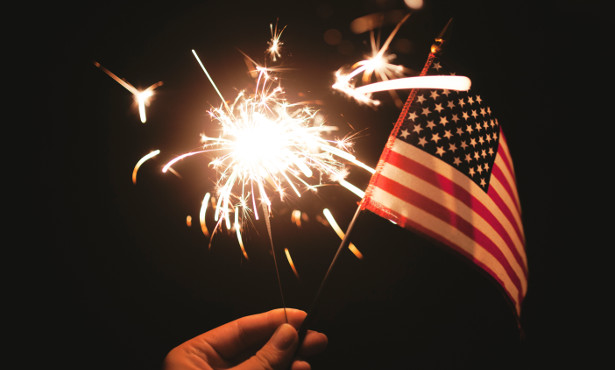Freedom is never more than one generation away from extinction. We didn't pass it to our children in the bloodstream. It must be fought for, protected, and handed on for them to do the same.
Ronald ReaganIndependence Day, also known as the Fourth of July, is a national holiday in the United States that commemorates the adoption of the Declaration of Independence on July 4, 1776. This historic document, written by Thomas Jefferson, declared the Thirteen American colonies free from British rule and established the United States of America as a sovereign nation.
The road to independence was long and arduous, with tensions between the American colonies and Great Britain growing over issues such as taxation without representation and British attempts to exert greater control over colonial affairs. In 1774, representatives from the colonies met in the First Continental Congress to coordinate their response to British actions, and in 1775, the American Revolution began with the Battles of Lexington and Concord.
On July 2, 1776, the Continental Congress voted to approve a resolution declaring independence from Great Britain. Two days later, on July 4, the Declaration of Independence was adopted and signed by 56 representatives of the 13 colonies, including Benjamin Franklin, John Adams, and Thomas Jefferson.
Independence Day has been celebrated in the United States since 1777, with parades, fireworks, and other festivities held in cities and towns across the country. It is a day for Americans to reflect on the values of freedom, democracy, and individual rights that are enshrined in the Declaration of Independence and the Constitution.
Today, Independence Day remains an important holiday in the United States, with many people gathering with friends and family to enjoy picnics, barbecues, and fireworks displays. It is also a time to remember the sacrifices made by the Founding Fathers and the brave men and women who fought for America's independence and continue to defend its freedoms and ideals.
